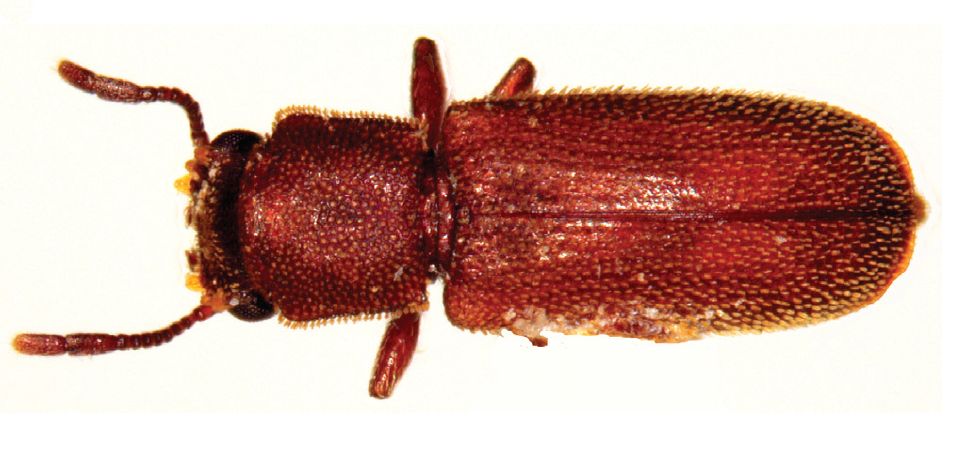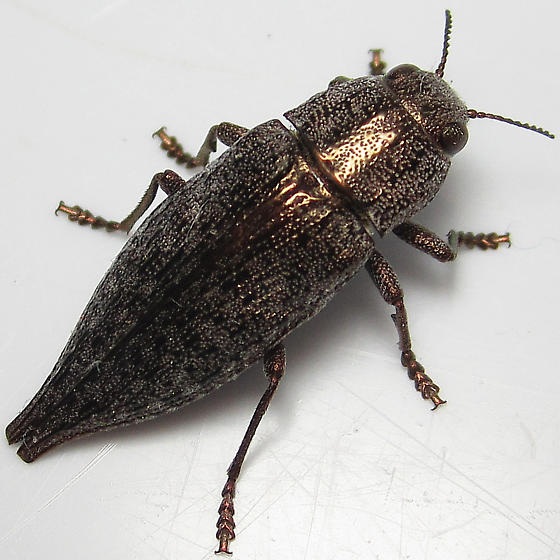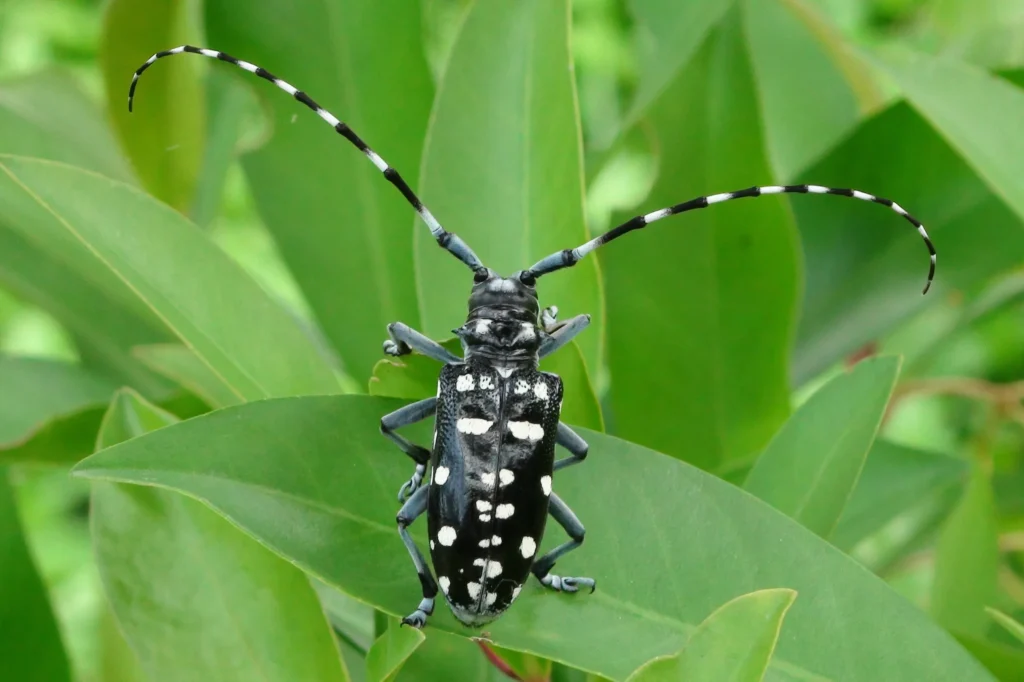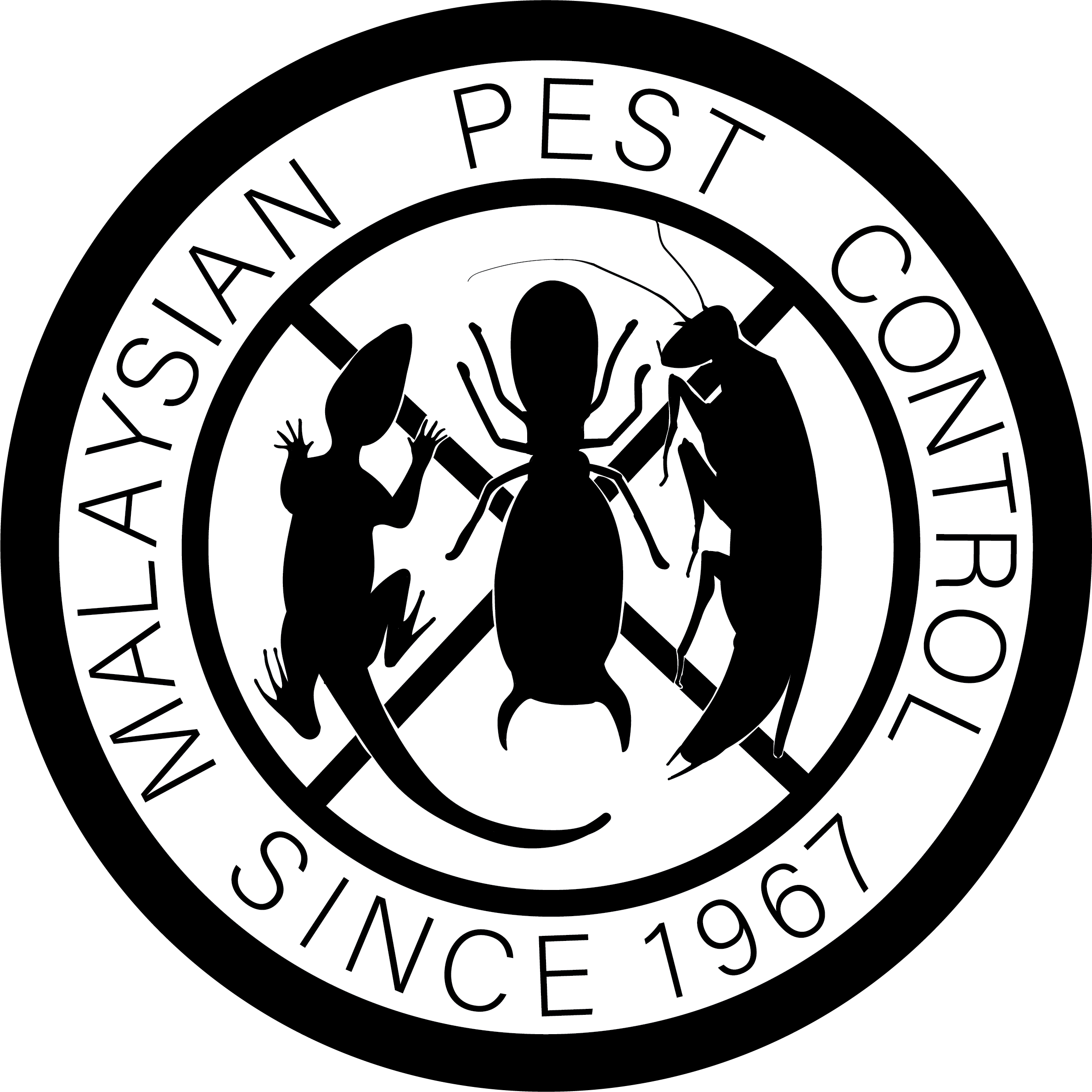About Wood Borers
Wood borers are a group of insects that damage wood by boring holes as they feed on it, usually during their larval stages. These insects can cause significant structural damage to trees, lumber, and wooden structures, including furniture and houses. Understanding the different types of wood borers and their life cycles is crucial for effective management and prevention of damage.
Common Types of Wood Borers

- Powderpost Beetles (Lyctidae, Bostrichidae, Anobiidae)
- Appearance: Small, reddish-brown to black beetles, often with narrow, elongated bodies, ranging from 1/16 to 3/4 inch in length.
- Damage: They primarily infest hardwoods. Their larvae produce a fine, powder-like sawdust around the holes they bore.
- Life Cycle: Complete metamorphosis (egg, larva, pupa, adult). Larvae burrow into wood and can live there for years before emerging as adults.
- Examples: Lyctus brunneus (Brown Lyctus beetle), Anobium punctatum (Furniture beetle).

- Flatheaded or Metallic Wood Borers (Buprestidae)
- Appearance: Adults are typically flattened, with a distinct, metallic sheen, ranging in size from 1/4 to 1 inch.
- Damage: Larvae are known as flatheaded borers due to the shape of their body behind the head. They tunnel just below the wood surface, creating winding galleries filled with frass (excrement and sawdust).
- Life Cycle: These insects can spend one to several years as larvae depending on species and conditions.
- Examples: Chrysobothris femorata (Emerald ash borer).

- Longhorned Beetles (Cerambycidae)
- Appearance: Characterized by their long antennae, often as long as or longer than their bodies, sizes range widely from 1/2 to 6 inches.
- Damage: Larvae, known as roundheaded borers, create round, clean holes and extensive tunnels filled with coarse sawdust-like frass.
- Life Cycle: Larvae can live several years within wood, making this group particularly destructive.
- Examples: Hylotrupes bajulus (Old house borer), Anoplophora glabripennis (Asian long-horned beetle).



